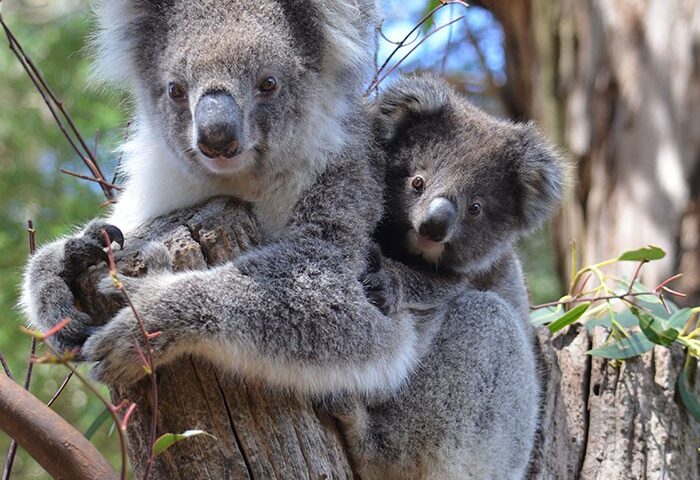TAIJI’S OBSCENE NEW PLAN
*By Paula Moore/MCT* PETA
Here’s a new entry in the annals of bad marketing ideas: Officials in
Taiji, Japan, recently announced plans to open a marine park, where
visitors can swim and kayak alongside dolphins and whales. Then after
drying off, tourists can sample dishes made with dolphin and whale meat.
And the proceeds from the park will help fund the slaughter of dolphins.
How could that possibly lose?
You probably recognise the name “Taiji”. This is the town that acquired
global infamy after its annual dolphin massacre was featured in the
Oscar-winning documentary *The Cove*.
Turning Taiji into a tourist destination, where unsuspecting visitors swim with
dolphins while, in a nearby bay, other dolphins thrash in their own blood
after being speared or having their throats cut, sounds like something out
of a horror film.
Dolphins have rich social lives, brains that are as complex as our own and
pod-specific cultural practices that are passed down from generation to
generation.
In her new book, *How Animals Grieve*, Barbara J King recounts
heartbreaking stories of dolphin mothers desperately trying to revive their
dead calves by repeatedly lifting their small bodies above the surface of
the water and pushing them under again, often while other dolphins swim
protectively nearby.
Some scientists argue that dolphins should be classified as “nonhuman
persons” and that their rights should be protected. Earlier this year, the
ministry of environment and forests in India issued an order to all Indian
states banning dolphinariums.
*The Cove* exposed the Taiji dolphin slaughter, taking us back to the
unenlightened times of “Moby-Dick”. More recently, “Blackfish” has rightly
turned people away from marine animal parks that snatch infant whales and
dolphins from their ocean homes and force them to perform demeaning tricks
for our entertainment.
The two industries are inextricably linked. Although most dolphins captured
in Taiji end up as meat in Japanese supermarkets – despite the fact that
dolphin flesh is so dangerously contaminated with mercury that some Taiji
officials have likened it to “toxic waste” – about two dozen live dolphins
are sold every year to aquariums, performing-dolphin shows and “swim-with”
programmes across the globe. It’s these lucrative sales that keep the
dolphin slaughter going.
A dead dolphin brings in a few hundred dollars. But a single live dolphin
can fetch $150,000 or more.
According to the Whale and Dolphin Conservation Society, dolphins captured
live during Japan’s annual massacres have ended up in aquariums all over
the world.
Even countries that no longer allow the importation of dolphins caught
during the gruesome slaughter may be displaying animals purchased before
the ban or moved through other countries to disguise their origin.
These magnificent animals suffer immeasurably in captivity since it is
impossible to meet their psychological and physiological needs. In the
wild, dolphins swim together in family pods up to 160 kilometres a day.
They navigate by bouncing sonar waves off objects to determine distance and
location.
When dolphins are kept captive, even the largest pen or tank is merely a
hideous prison. Their vocalisations become a garble of meaningless
reverberations. Most aquariums keep antacids on hand to treat the animals’
stress-related ulcers.
If you wouldn’t dream of patronising the proposed marine park in Taiji,
then please don’t patronise any such facility.
Buying a ticket to a marine park or swimming with captive dolphins supports
condemning these beautiful, intelligent animals to a lifetime of misery and
deprivation.



